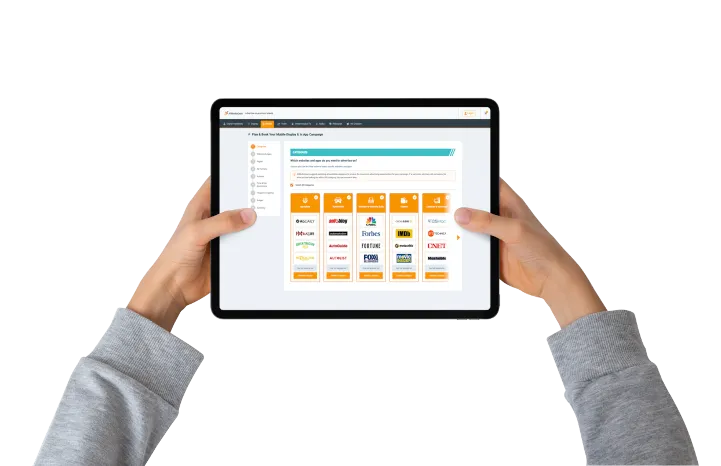Digital Advertising vs. Traditional Marketing: Advantages and Disadvantages
Online advertising and traditional marketing channels such as TV, radio, and print form the two often differentiated pillars of marketing. But what makes internet advertising so attractive to advertisers, and what are its potential downsides?
Below, we explore the advantages and disadvantages of online advertising and compare it to offline marketing.

Advantages of Online Advertising

1. Precise Targeting
Online advertising offers companies more flexibility to ensure that advertising better reaches specific demographic groups based on location, interests, and demographic characteristics. Traditional media also offers targeting opportunities, but it is much more limited compared to online marketing.
For example, while you could choose a radio station catering to a young audience or a local newspaper, digital marketing allows for even more precise targeting based on demographics or interests. Additionally, regional or local digital advertising enables advertisers to choose specific areas for their campaigns, unlike traditional media, which often targets broader audiences.

2. Cost-Effectiveness
Traditional advertising campaigns such as TV, radio, or print often come with fixed prices for spots or ads, making them less affordable for small businesses. Digital advertising, on the other hand, is sold based on impressions, allowing advertisers to pay only for the times their ads are delivered. This makes it easier to tailor campaigns to fit any budget.

3. Real-Time Analytics & Optimization
Unlike offline ads, which offer limited performance tracking, online marketing provides real-time data on delivered impressions and clicks. Advertisers can compare the performance of different creatives and adjust campaigns instantly for better results.

4. Global Reach with Local Precision
Businesses can reach international markets with minimal investment while still targeting local customers through geotargeting.

5. Interactive and Engaging Formats
Online advertising includes various engaging formats like display ads, video ads, and audio ads, offering more flexibility than static print or billboard advertising.
Disadvantages & Limitations of Online Advertising

1. Ad Fatigue & Banner Blindness
Many users have developed "banner blindness," ignoring display ads altogether. Additionally, ad blockers reduce the visibility of online campaigns, limiting reach. Nevertheless, for banners that are not delivered, the advertiser is not charged, since they will not be shown to the user, affecting the total volume of users you can reach through internet display ads.

2. High Competition & Rising Costs
With more businesses investing in online advertising, prices in competitive industries continue to rise.

3. Technical Barriers
Unlike traditional advertising, which requires no technical skills, online ads need expertise in campaign setup, tracking, and analytics if not using an easy to use platform like AllMediaDesk's.

4. Trust Issues
Some consumers perceive online ads as intrusive or misleading, which can negatively impact brand trust. If your focus is building a brand we suggest advertising on well-known brands as they are available via us.
Online vs. Offline Advertising: Which One is Better?
- Traditional marketing (TV, radio, billboards, newspapers) provides broad reach and credibility but lacks precise targeting and real-time analytics.
- Online advertising is more cost-efficient, measurable, and targeted, making it the preferred choice for most businesses.
While internet advertising has some weaknesses, its benefits far outweigh its limitations. To maximize impact, advertisers often combine digital and traditional marketing strategies.
Interested in learning more about specific ad formats? Explore:
- Pro and Cons of Online Display Advertising
- Pro and Cons of Online Audio Advertising
- Pro and Cons of Online Video Advertising



